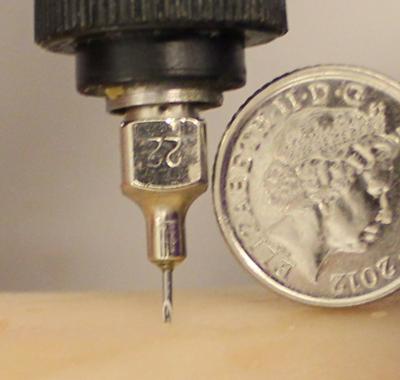We are a group of researchers at the University of Southampton and University Hospital Southampton who are investigating osteoporosis and fracture risk assessment using the novel reference point indentation tool.
Osteoporotic fractures are a major and increasing problem for both patients and society as a whole. The NHS is already spending around £2 billion a year treating patients with osteoporotic fractures and, with the ever increasing life expectancy, more and more patients will need treatment. It is estimated that 1 in 3 women over fifty and 1 in 5 men will suffer from an osteoporotic fracture. Yet, an effective diagnosis is lacking to this point and the most commonly used assessment of bone mineral density or bone mass using X-ray techniques (such as Dual Energy X-Ray Absorptiometry - DEXA) is seemingly inaccurate for individual patients.
In part the problem originates from the fact that bone mass, as measured via DEXA is a surrogate and does not account for the quality of bone and changes in material properties, which may be independent of bone mineral density. Therefore complementary tests could improve diagnosis significantly and help in early identification and treatment of osteoporosis and osteopenia. We investigate if Reference Point Indentation, a tool with potential for assessing bone fragility, could fulfil this role as a complementary test.
Within OStEO (Observational Study Examining Osteoporosis) we investigate healthy and osteoporotic tissue to further the understanding of changes within bone tissue and whole bones and their effect on fracture risk. Patients are being consented at the University Hospital Southampton and donated bone samples are then tested at the University of Southampton. Participants are assessed using using conventional diagnostic techniques and bone is assessed using conventional mechanical testing and the novel Reference Point Indentation technique. To find out more about what the study entails please look at 'What is involved for participants' and 'What is involved for bone samples'.
This furthering of our understanding of osteoporosis and bone fragility aims to form a basis for improved diagnosis, earlier identification of patients at risk, treatment and consequently to reduce the prevalence of hip fractures.
